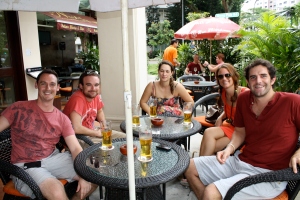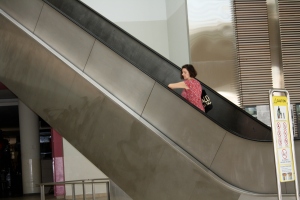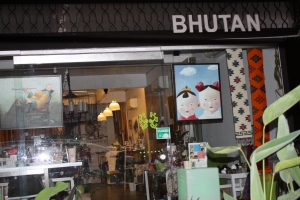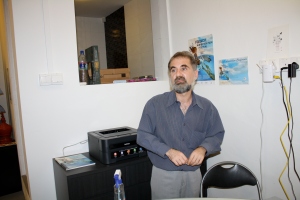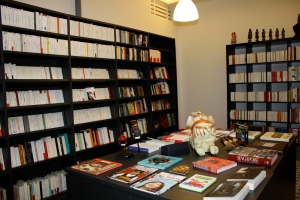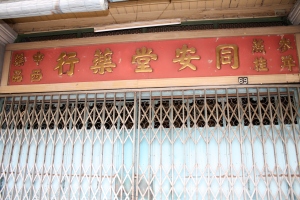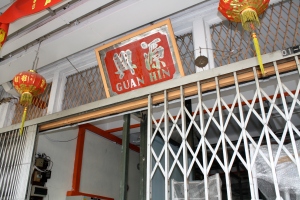Common Space & how it affects communal identity & spirit
One such food stall facing these problems is Tian Tian Yuan, a dessert house situated in Tiong Bahru Market. Its owner, Mr Cheng, took over the stall from his father in 1981 and his daughter is now manning the store in turn. Having lived in Tiong Bahru for more than 60 years, he has witnessed the many changes that have occurred and is unhappy with how it has turned out.
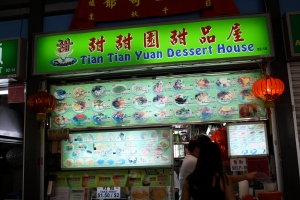
Tian Tian Yuan Dessert House, one of the stalls in Tiong Bahru Market
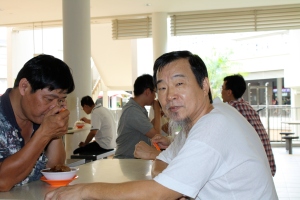
Owner of Tian Tian Yuan; interviewee
According to him, the stall’s daily income has been decreasing over the past few years. This can be attributed to several factors, the market’s renovation in 2006 being the main one. Tiong Bahru Market should technically be an ideal common space – it is open to any member of the public and interaction is unavoidable when dining. However, the market as a common space has not fulfilled expectations of its success. The market’s considerably large size leaves it with excess space, thereby diminishing the atmosphere and bustle often associated with a market. The sheer size of the area means that stalls (such as Tian Tian Yuan) have to be self-service, as they cannot possibly deliver food to 1 of the 300 tables in the market.
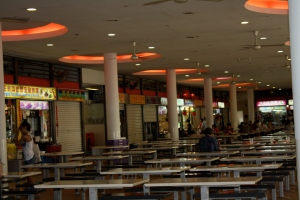
Tiong Bahru Market
In addition, the market is now on the second floor, which makes it less visible to the public and hence less patronized, diminishing interaction. It also makes it hard for the elderly to travel to the market as while there is an elevator and escalator, they break down easily (both were not working when I visited!). The fact that the food is not to everyone’s taste also diminishes its effect as a common space as not every demographic is represented in the market and hence interaction between all cultures is not present.
Another common space is the Tiong Bahru bird arena. It was originally situated on the corner of Tiong Bahru Road, and it was extremely popular then. According to our interviewees, residents (mainly old men) brought their songbirds and held competitions daily at the arena while enjoying kopi from a nearby coffee shop. Now, however, it has been moved across the street as Hotel Nostalgia was built on that spot. Strangely, although it is situated just across the road, the place is deserted, a stark contrast to the bustle of before (from our observation, but confirmed by a resident).
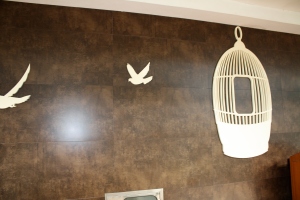
All that’s left of the previous bird corner
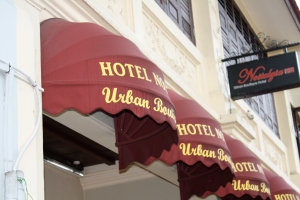
Hotel Nostalgia – Bird arena was demolished for this hotel to be constructed
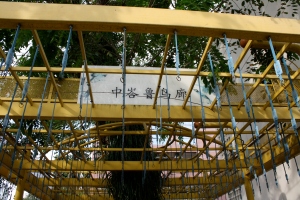
The new deserted bird arena
In my opinion, there is an intangible barrier separating Tiong Bahru estate from the outside community, and though the arena was just across the street, this boundary was passed. Hence, the residents no longer felt comfortable moving out of their community and stopped holding the competitions. This also demonstrates the estate’s identity and sense of belonging as they are reluctant to occupy an area that is not within their community.
The third common space observed in Tiong Bahru is the Tiong Bahru Community Centre. The first thing that struck me as I entered the vicinity was that it was rather closed and unwelcoming. Besides the presence of a rather intimidating gate, those who wished to enter the community centre had to pass through a series of table tennis tables as well as a basketball court and risk interfering with peoples’ matches. Although the billboards in the CC advertised a number of activities and courses for the residents, such as English lessons for the elderly, ballet classes and yoga, I realized that most events seemed to cater for a certain demographic, which means that interaction between different cultures would be minimal. This was demonstrated by the users of the table tennis and basketball court facilities – old men occupied the former while youths occupied the latter with no interaction between the two.
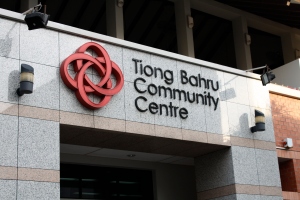
Hence, I feel that the common spaces in Tiong Bahru require a lot of improvement. Common spaces are vital in cultivating and preserving identity and a sense of rootedness to the place, hence more effort should be put into finding and constructing suitable common spaces.



